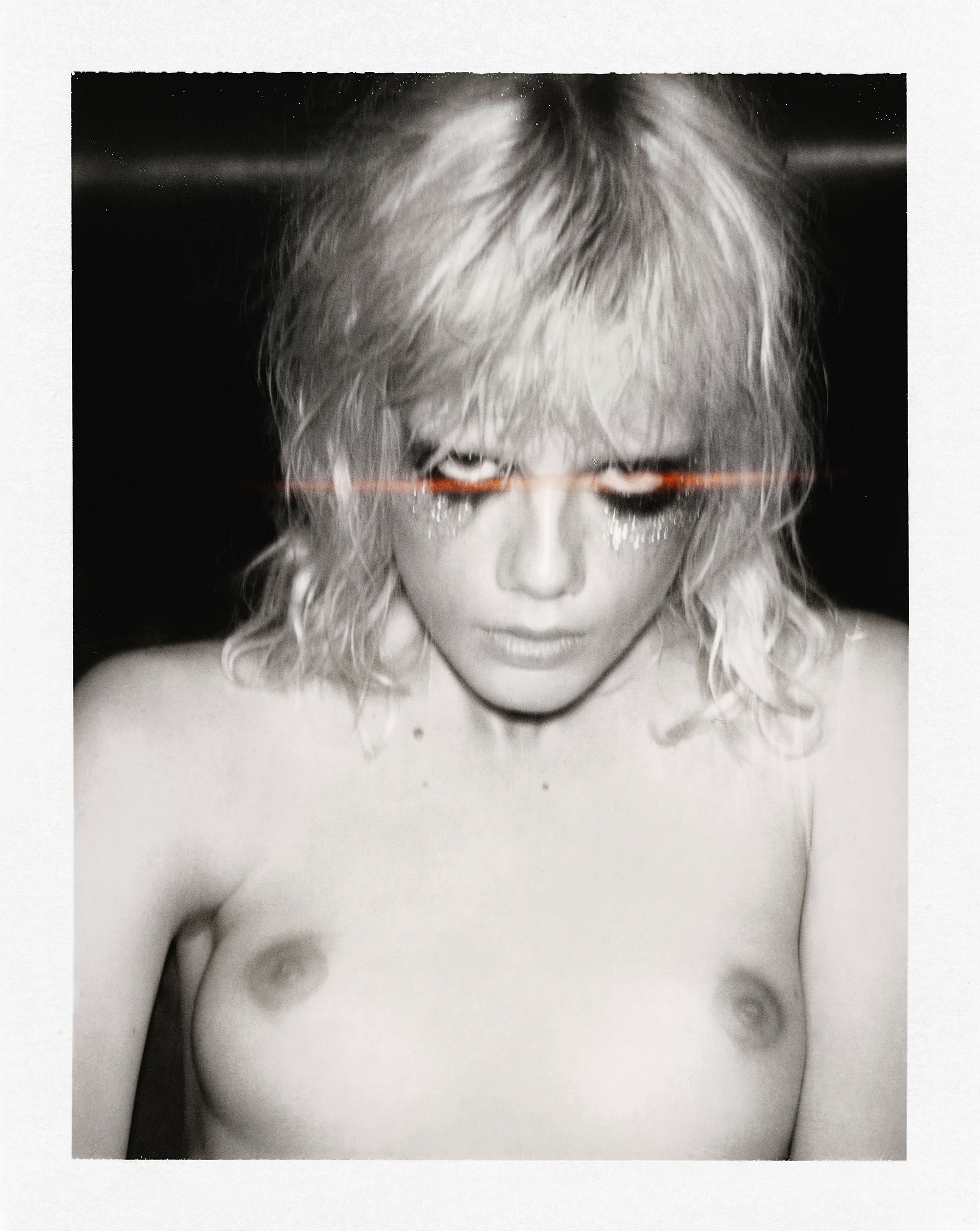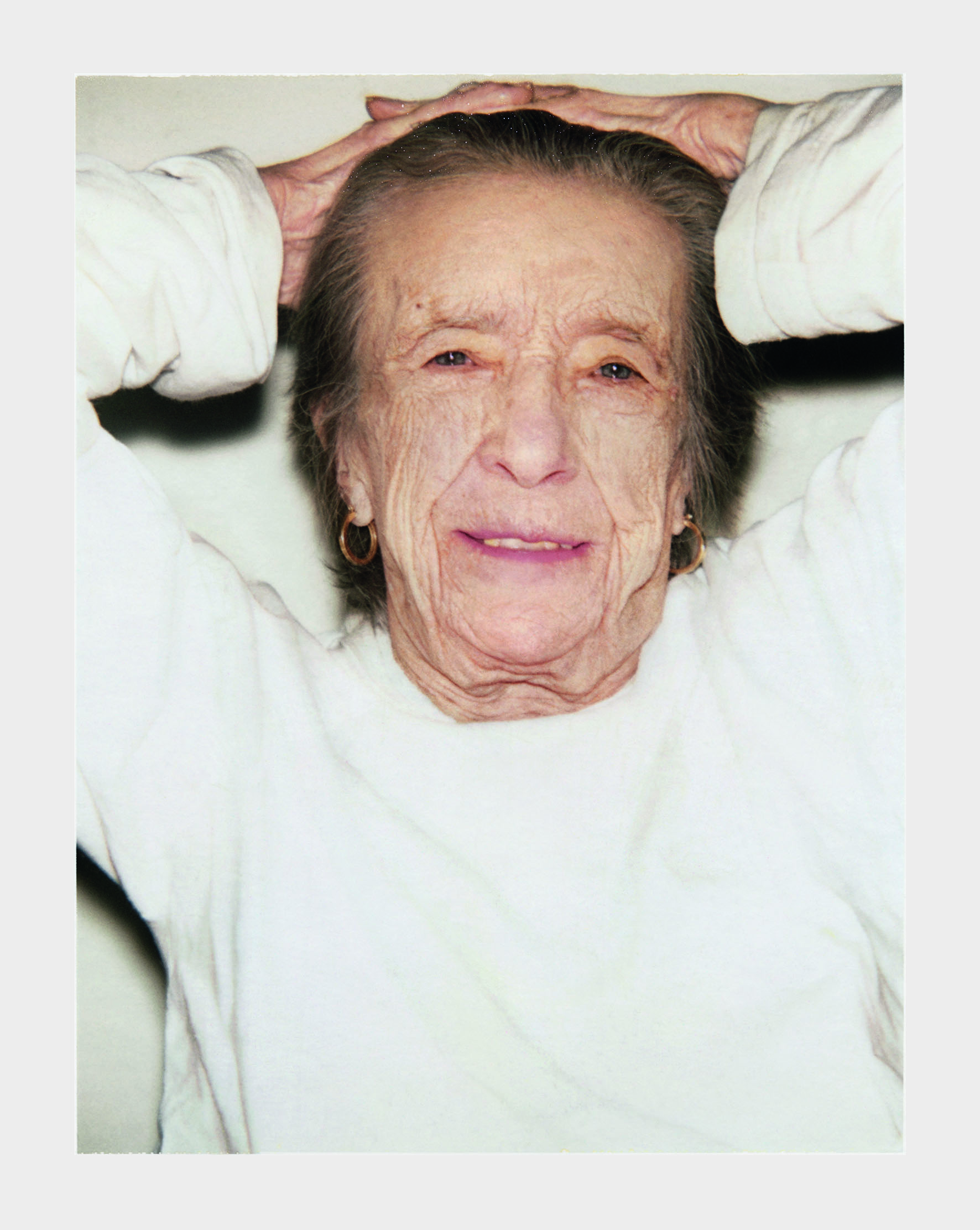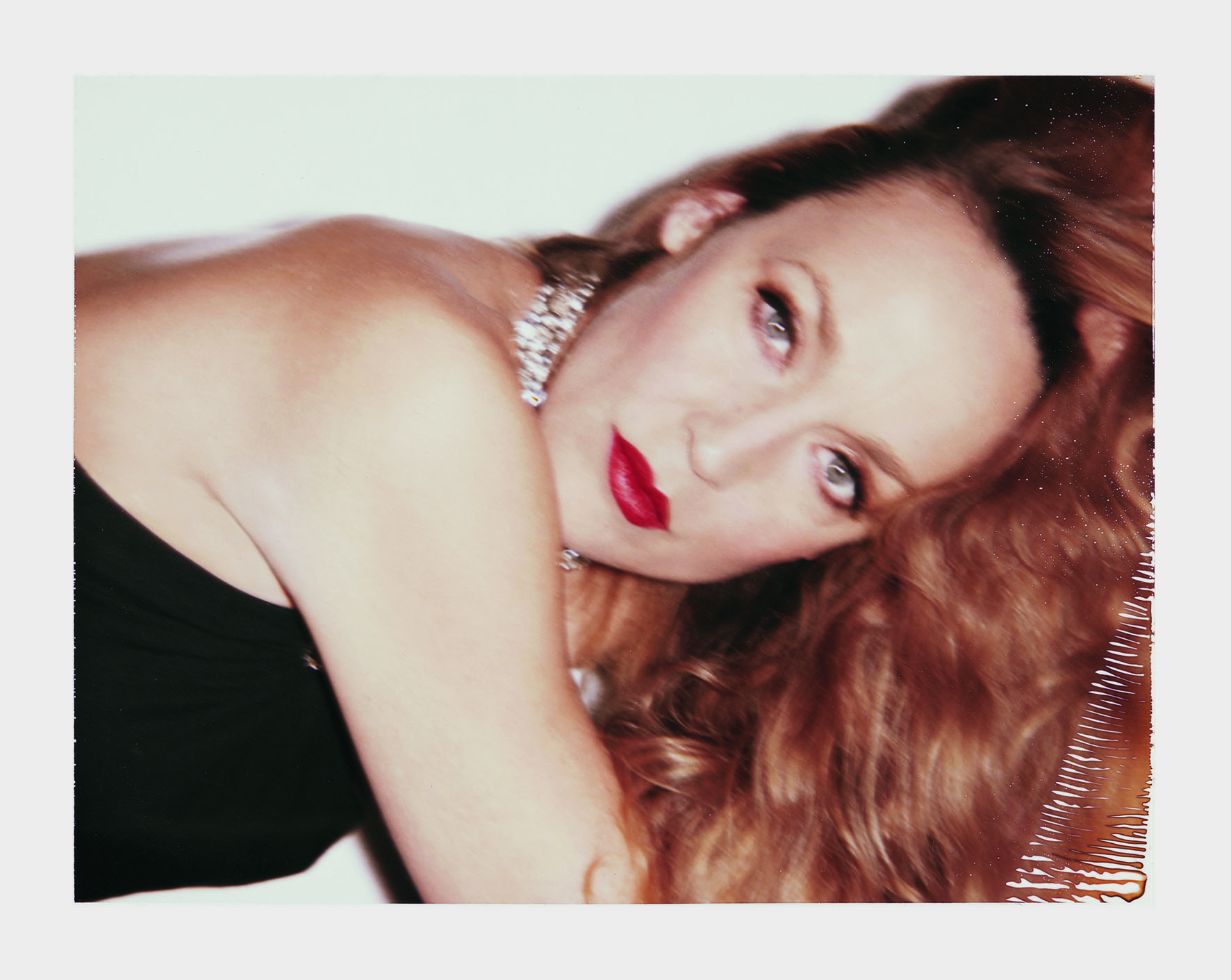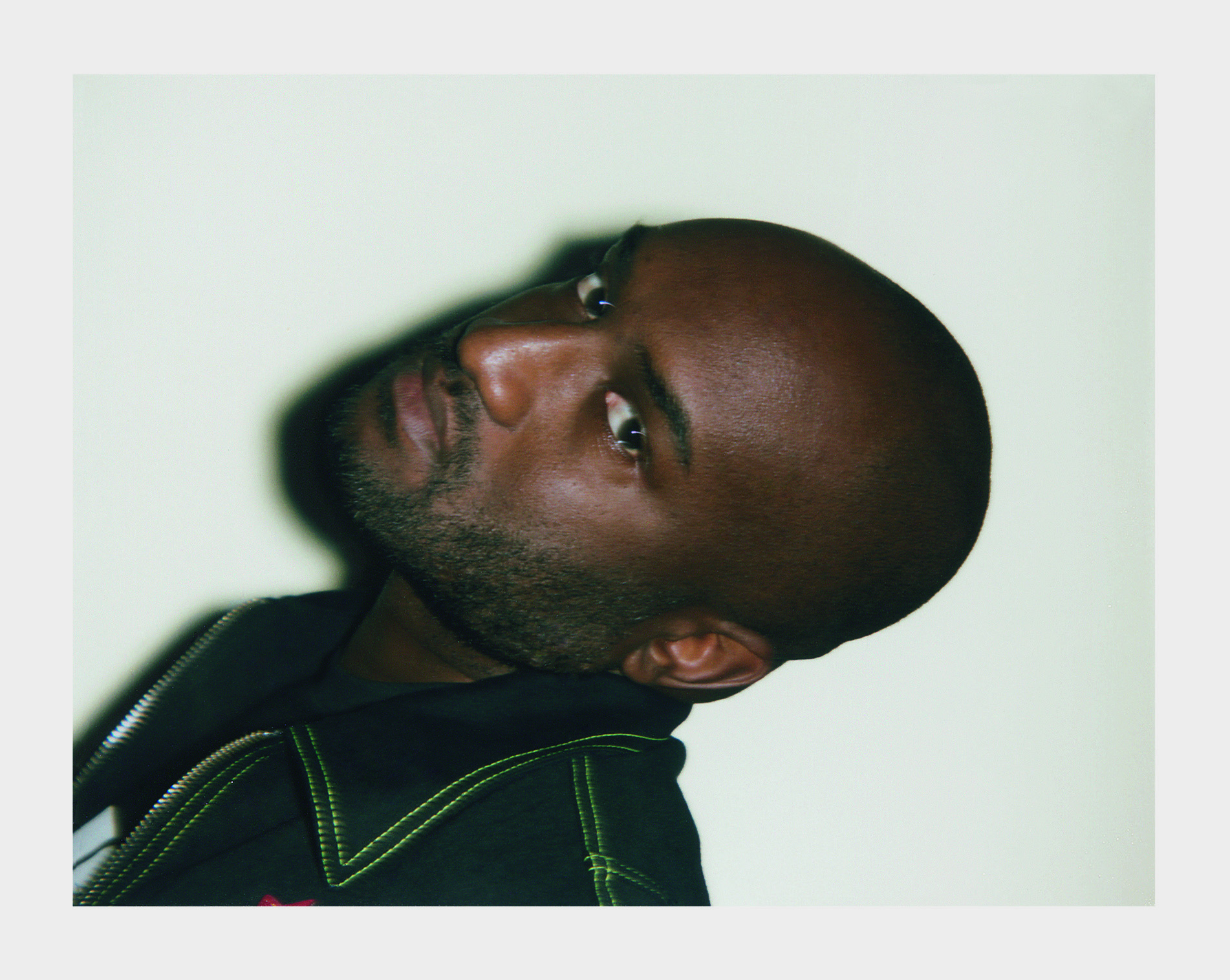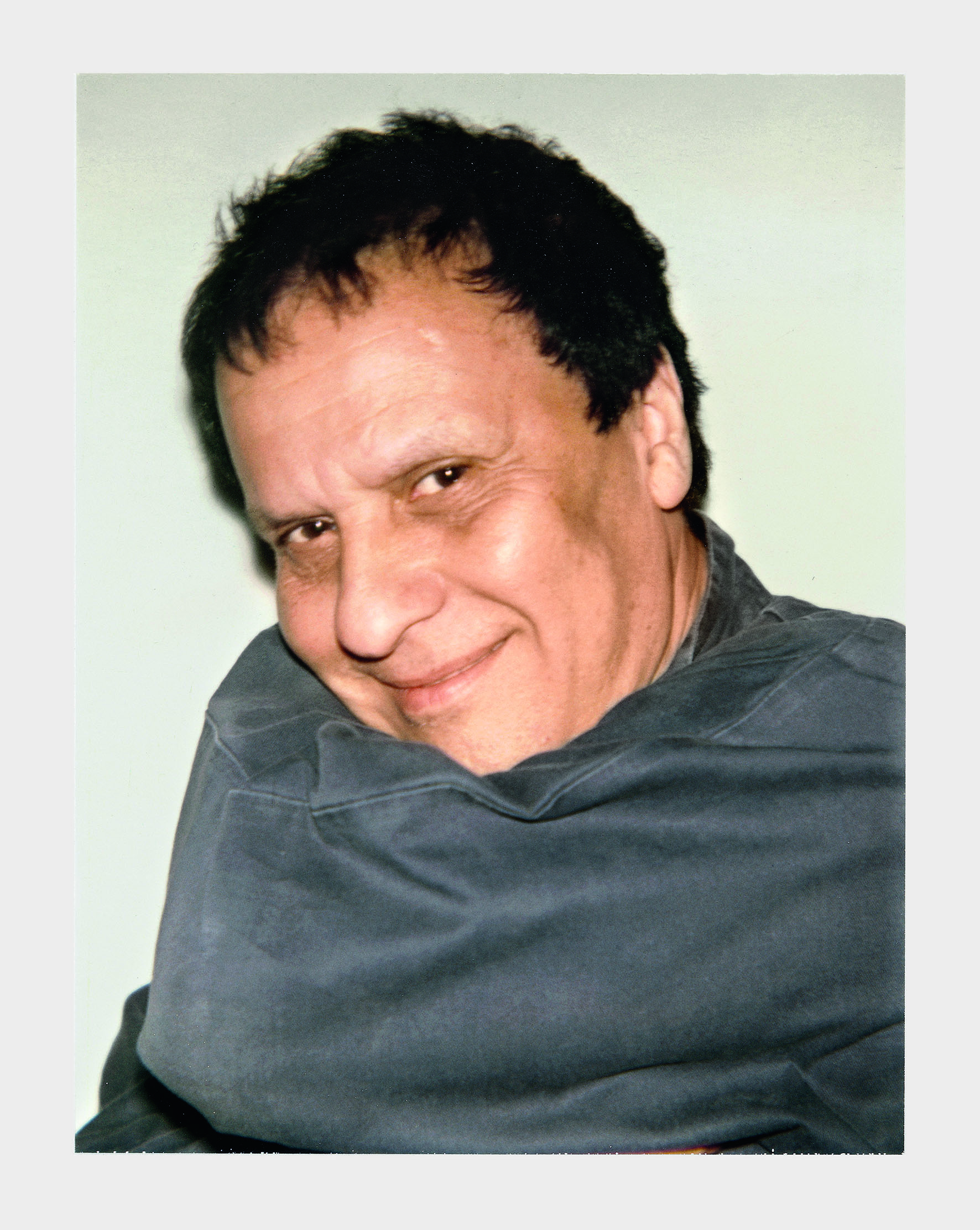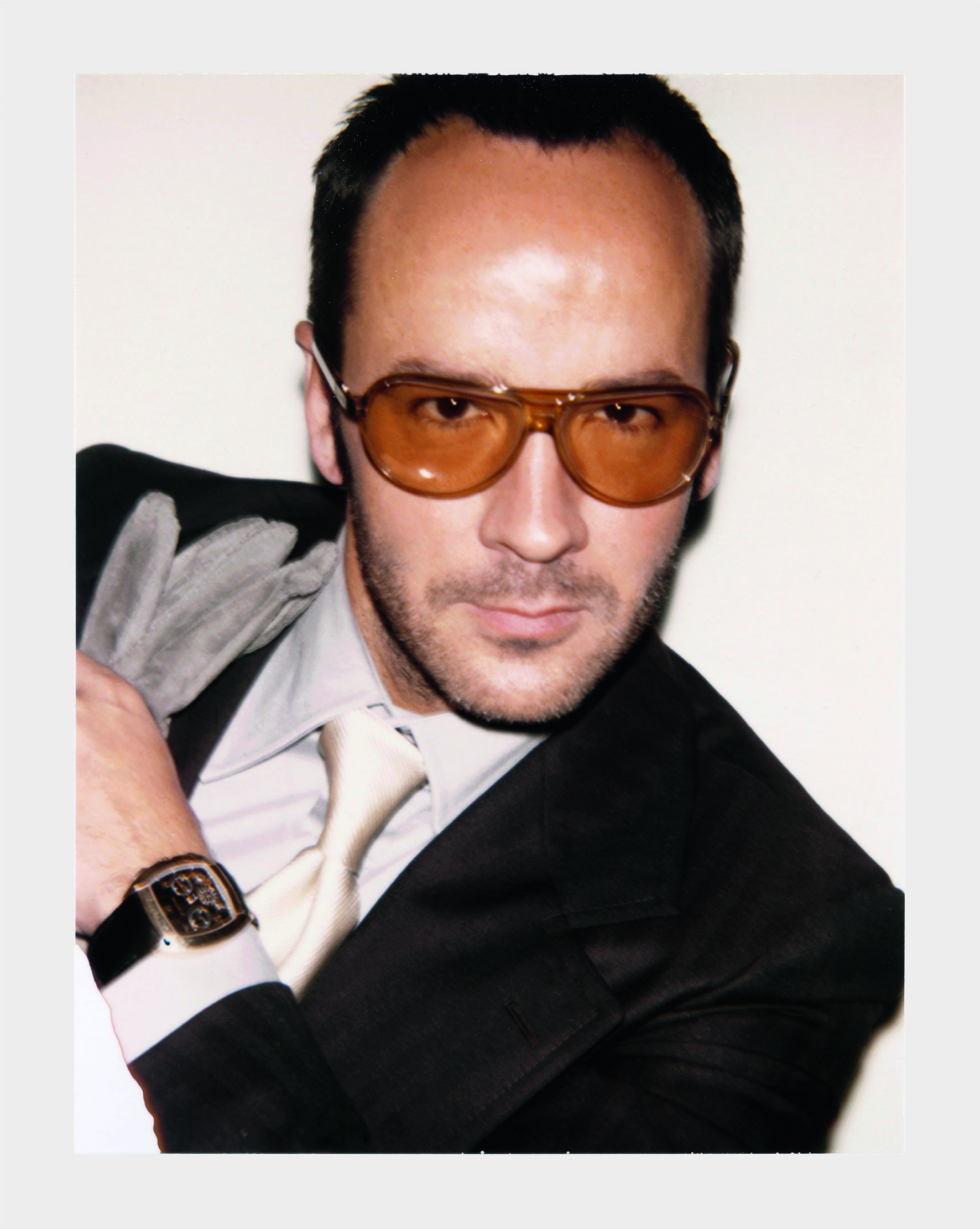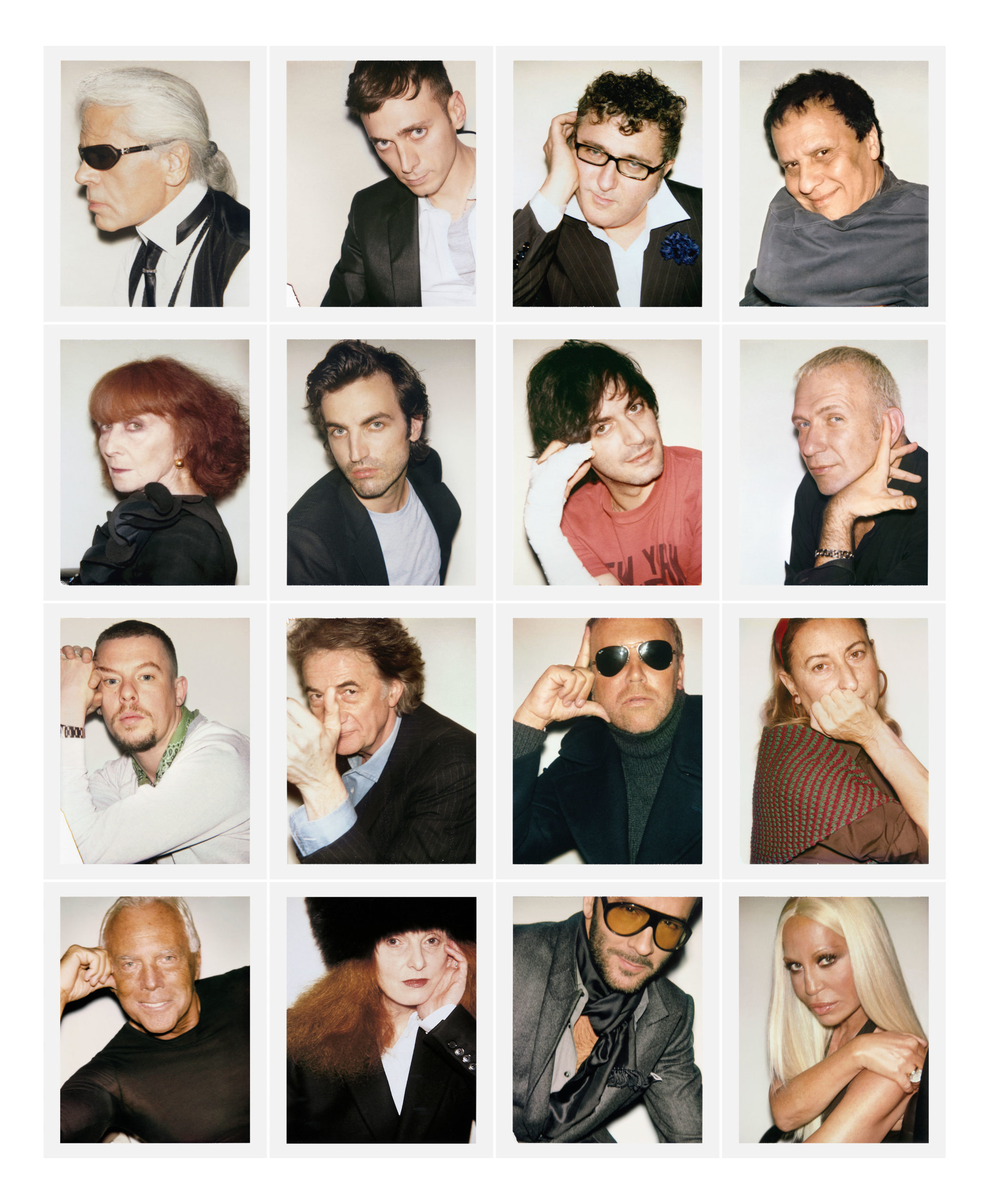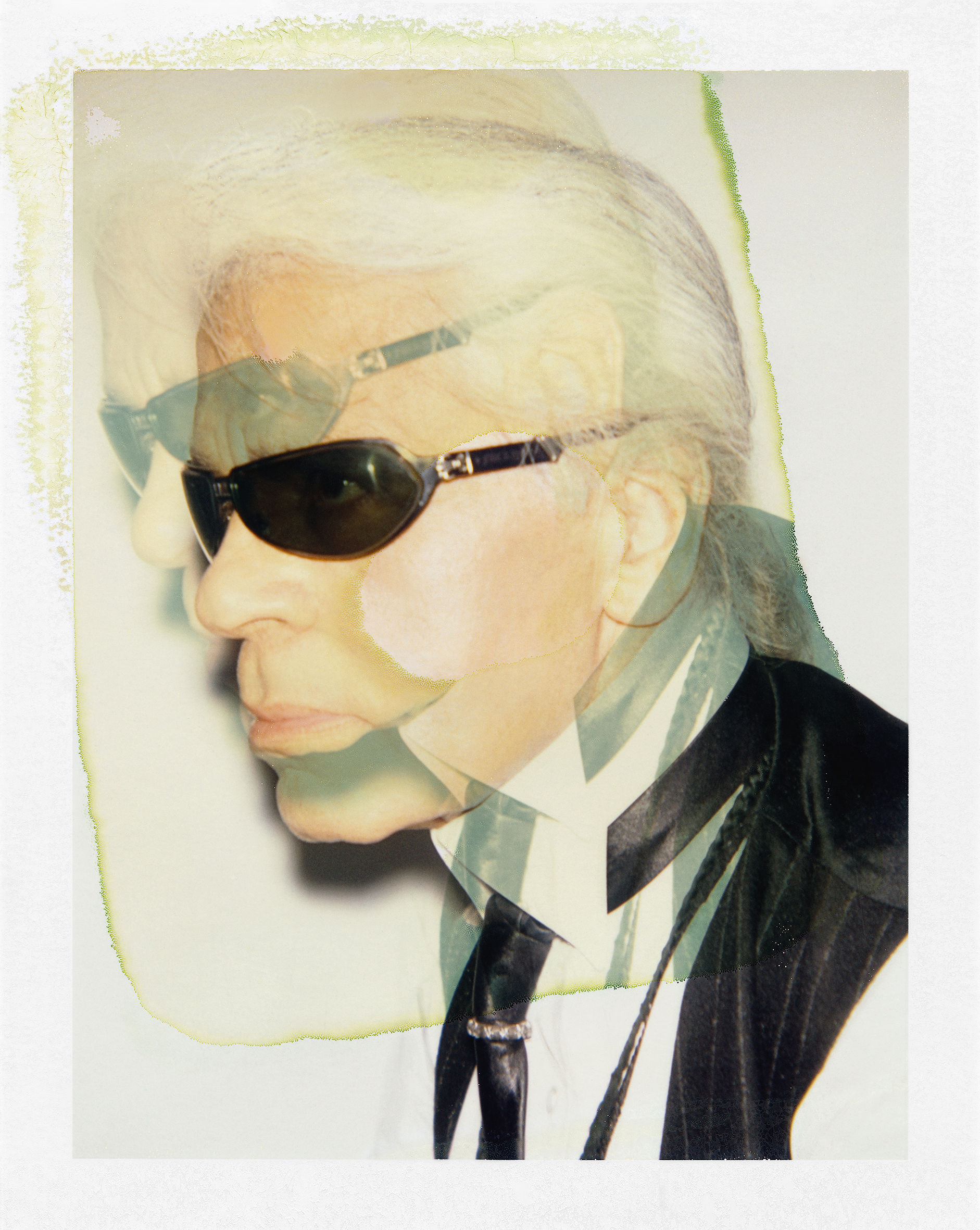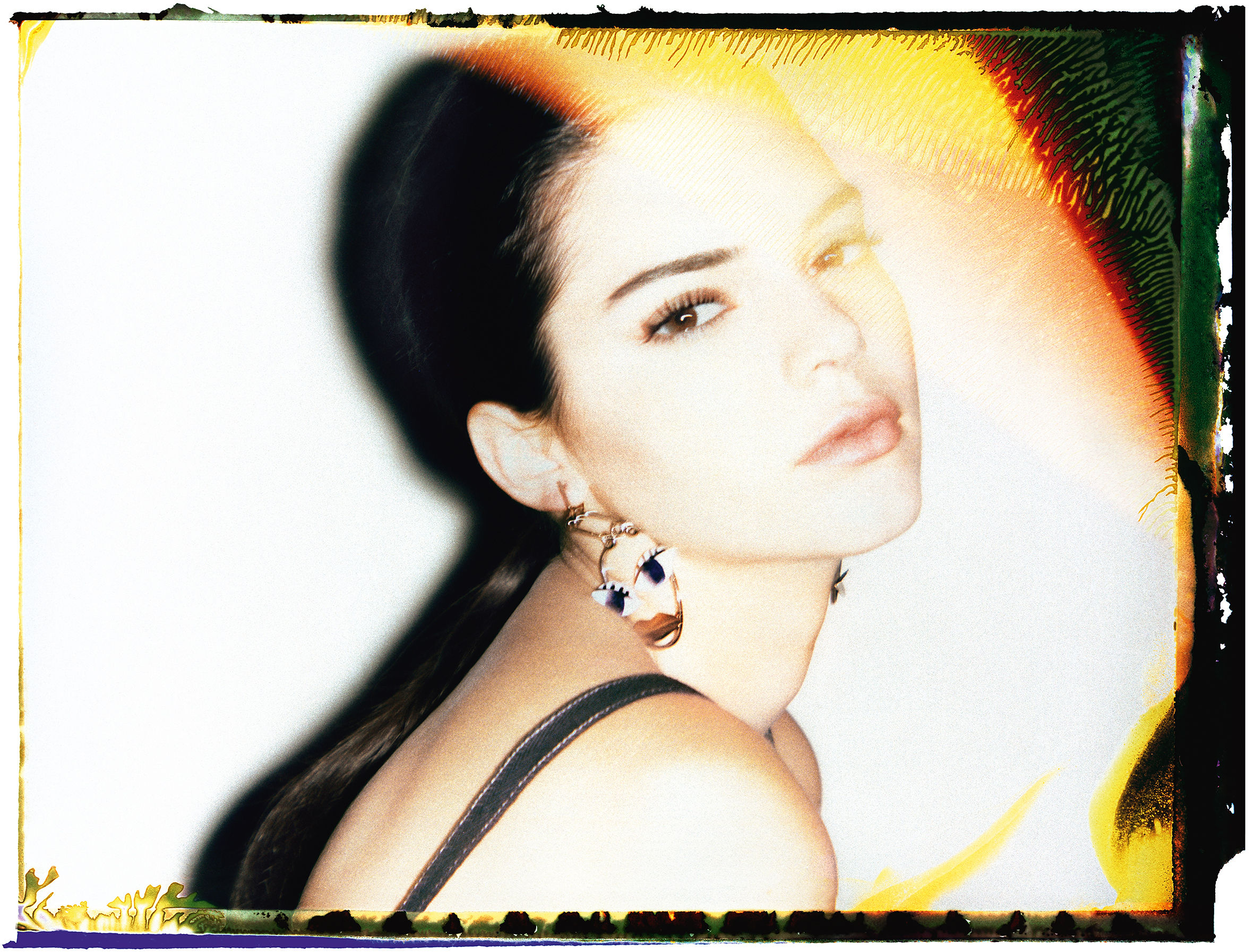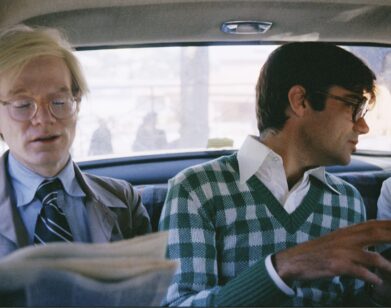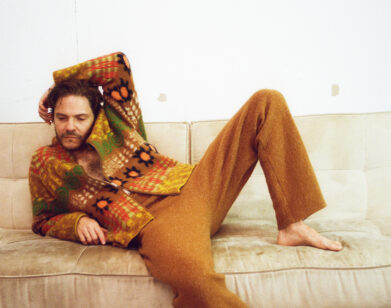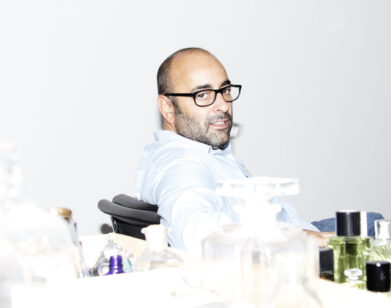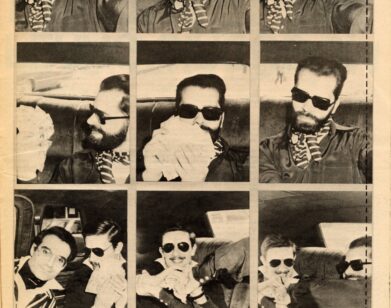gallery walkthrough
Inside Ezra Petronio’s World of Stylistics
Ezra Petronio has earned a reputation for putting the sharpest minds in fashion and art in one place. Since 1994, that place has been Self-Service Magazine, the arts and fashion publication that Petronio founded and still edits, which presents a highly-curated selection of creative talents in the pages of its annual issues. As the man behind the magazine, Petronio built his career unearthing new and unexplored sides of his subjects in written and visual form—in fact, he has over 4,000 Polaroids, taken since Self-Service’s founding, in his archive.
This winter, Petronio celebrates the opening of Stylistics, a gallery exhibition at Zürich’s Galerie Gmurzynska, which brings together selections from three decades’ worth of photographs for the first time. The images, also collected in the show’s accompanying book, feature figures as far ranging as Jerry Hall, Virgil Abloh, Mike Eckhaus and Zoe Latta, Karl Lagerfeld and Azzedine Alaïa. Each image reveals some new facet of these well-known faces, sparking an intimacy between Petronio and his subjects that few photographers ever manage to achieve. “I believe that everyone who walks in front of my lens is a beautiful person in some way,” Petronio says. “I am searching for a glimpse of that.” To mark the opening of the exhibition, the artist and editor sat down with Interview for a conversation about Stylistics, the fragility of trust between artist and subject, and how Andy Warhol inspired Petronio to launch Self-Service.
———
LOUISE BOURGEOIS
“Helmut Lang introduced me to her. I remember going to visit her house downtown. Every wall was covered with hundreds of pictures and various things. When I explained to her that I needed a small area of white wall, she smiled and turned to her assistant. The assistant then put on white gloves and, after photographing the wall behind her couch, began to meticulously remove everything that was pinned to the wall. This lasted over an hour, which enabled us to have a wonderful conversation. She sat on her couch, I asked her to lift her arms behind her head, and she gave me the most soulful and genuine smile. Her eyes were shining.”
———
JERRY HALL
“For this session, we booked a big suite at the Crillon Hotel in Paris. Jerry is one of my all-time icons—her innate sense of elegance and feminine empowerment is unparalleled. This hotel room brought back many emotional memories for her, and we talked for a long time about her career. She reenacted all of her iconic poses for me to shoot, from sittings she had done with Antonio Lopez, Richard Avedon, and other great photographers.”
———
VIRGIL ABLOH
“The first time I photographed Virgil was in 2012 at the Watch the Throne tour in Paris. Jay-Z had invited me to set up a studio backstage to document his and Kanye [West]‘s creative family. Virgil stuck out as a very kind and genuine human being. It was this juxtaposition of a sense of humility and this ambitious creative drive that made him so unique and interesting.”
———
AZZEDINE ALAÏA
“I photographed him in his studio on Rue de Moussy in Paris. There was beauty in his eyes and his intense gaze, the kind that emanate such wisdom and hint at a long and rich life. He saw I was puzzled, and I told him why. This led to a conversation on life and the kind of hardships people have gone through in the 20th century. Azzedine is unique, he’s a role model for the way he upheld his creative ideology with such intensity and integrity throughout his whole career.”
———
TOM FORD
“Tom is so precise about his image. He knew that I was using Polaroid film, and had spent a long time perfecting what he saw as the perfect Warholian position to hold. He had a specific idea, and he wanted the cuff of his shirt to be seen. He wanted his sunglasses to be low, with his eyes looking directly at the camera. So, I started shooting, and he is such a smart person that, as I was moving around to find the frame I wanted, he moved with me, so that he could control exactly how he would be depicted. Every Polaroid I made of him, regardless of where I moved, looked the same. It was really outstanding. We were playing a game.”
———
“I’ve loved Polaroids since I was a child. As I learned about art and visual culture, [Andy] Warhol’s Polaroids, his films, and the social documentation he was doing of his creative circle really fascinated me. I felt there was a parallel possible for Self-Service, of attracting a generation of talent into one ‘space.’ I tested Polaroid and immediately fell in love with the result and the practicality of it. All I needed was a tiny piece of plain white wall. It also has a fixed focal frame which is limiting in composition. But it is all these restrictions that make the process interesting because you get to focus and reveal each subject’s personality and emotionality in the purest sense.”
———
“The central chorus of the creative talent that we were showcasing in Self-Service was from fashion, but there was music, art, movies—these other creative satellites formed the critical mass of the magazine. I felt it was a shame that we weren’t documenting this. We were meeting all of these people to have conversations, and I remember I had this little digital camera, and it made not-good-quality images at all—so the result was really bad. I first thought that we should find a photographer to document these amazing people for us. I spoke to Jean-Baptiste Mondino, and he said: ‘Ezra, you are crazy. No photographer would ever be available for this assignment. Do it yourself!'”
———
“I consider that everyone who walks in front of my lens is a beautiful person in some way, and I am searching for that. With all of these portraits, I would say that well over half of the final selected images were the first or the final Polaroid of the sitting. But sometimes, I have only 15 minutes, and I’m really improvising. There can be a lot of laughter. Sometimes, very beautiful people are so self-conscious. You have to begin these rituals that start from the moment the person walks in. It’s about gaining their trust.”
———
Photos courtesy of Galerie Gmurzynska

